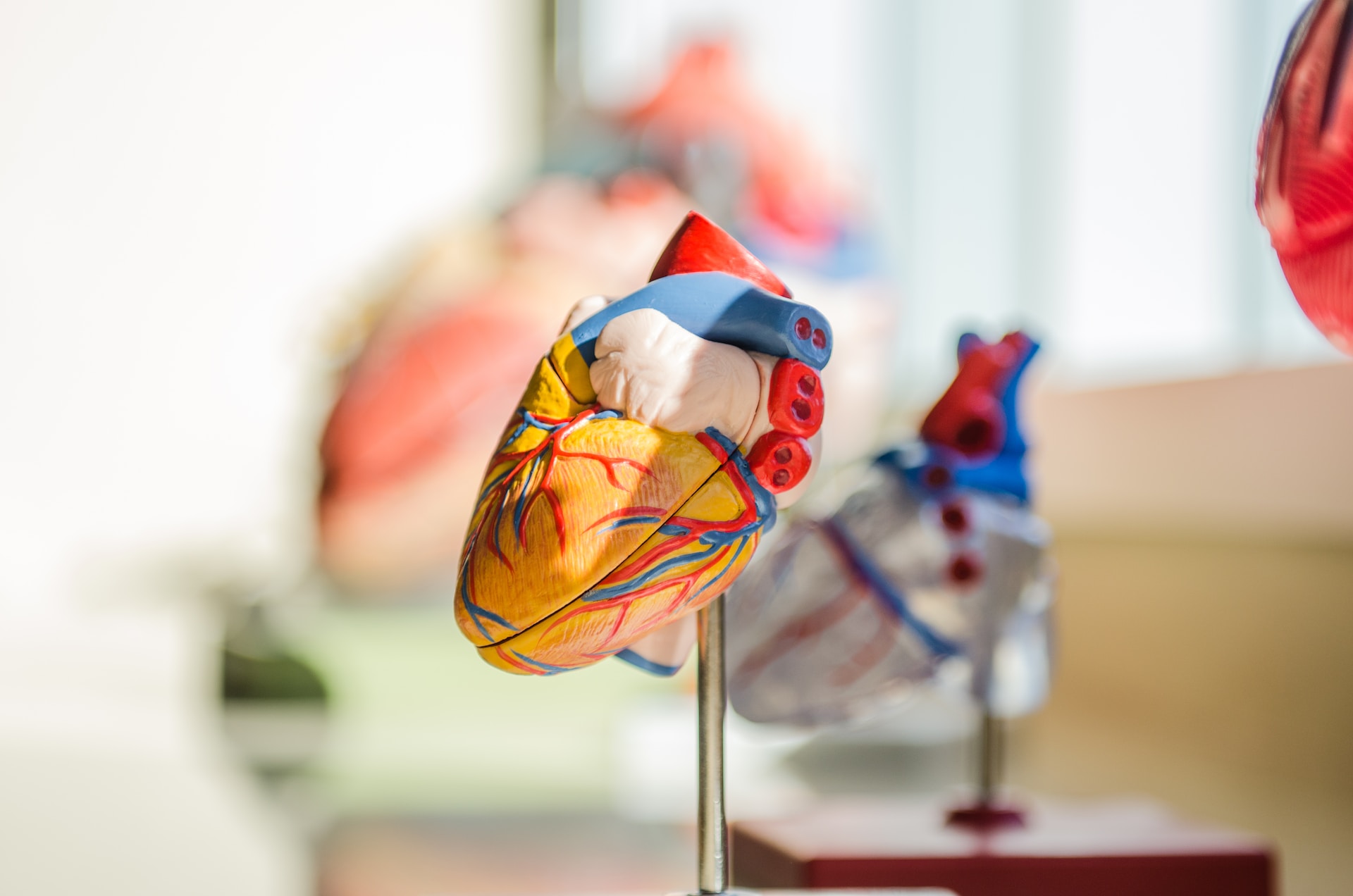Cardiovascular diseases remain one of the leading causes of morbidity and mortality worldwide. Timely and accurate diagnosis is crucial for effective management. Non-invasive cardiac imaging techniques have revolutionized the field of cardiology, offering a window into the heart without the need for invasive procedures. In this article, we will explore the latest advancements in non-invasive cardiac imaging techniques that have played a pivotal role in the practice of cardiologists in Sambalpur and around the globe.
Non-Invasive Cardiac Imaging: An Overview
Non-invasive cardiac imaging techniques allow cardiologists to visualize the structure and function of the heart, providing critical information for diagnosis and treatment planning. These techniques are safer and less discomforting for patients compared to invasive procedures. In Sambalpur, where access to healthcare resources may be limited, non-invasive imaging plays a crucial role in early detection and management of heart diseases.
Advancements in Echocardiography:
Echocardiography, or cardiac ultrasound, has come a long way in recent years. Modern echocardiography machines offer higher resolution images and improved diagnostic capabilities. Cardiologists in Sambalpur can now assess heart function, valve abnormalities, and blood flow dynamics with greater precision. The introduction of 3D and 4D echocardiography has allowed for a more comprehensive evaluation of cardiac structures.
Advancements in Cardiac Magnetic Resonance Imaging (CMR):
Cardiac Magnetic Resonance Imaging has emerged as a powerful tool for non-invasive cardiac assessment. It provides detailed images of the heart’s anatomy, allowing cardiologists to identify structural abnormalities, assess myocardial viability, and evaluate the extent of tissue damage following a heart attack. In Sambalpur, CMR has proven invaluable in diagnosing complex cardiac conditions.
Advancements in Computed Tomography (CT) Angiography:
CT angiography has revolutionized the evaluation of coronary arteries. With advanced CT scanners, cardiologists in Sambalpur can obtain high-resolution images of the coronary arteries, detecting coronary artery disease (CAD) and assessing the extent of blockages without the need for invasive coronary angiography. This approach has significantly reduced patient risk and discomfort.
Advancements in Nuclear Cardiology:
Nuclear cardiology techniques, such as Single Photon Emission Computed Tomography (SPECT) and Positron Emission Tomography (PET), have seen remarkable advancements. These techniques enable cardiologists to assess blood flow to the heart, identify areas of ischemia, and evaluate cardiac function. They are particularly valuable in Sambalpur for patients with suspected coronary artery disease.
Advancements in Stress Testing:
Stress testing remains a crucial diagnostic tool for evaluating heart health. Advancements in stress testing protocols, including the use of advanced imaging modalities during stress tests, have improved the accuracy of detecting coronary artery disease and assessing cardiac function. Cardiologists in Sambalpur can now tailor stress tests to individual patient needs more effectively.
Conclusion:
Non-invasive cardiac imaging techniques have transformed the field of cardiology, enabling cardiologists in Sambalpur and worldwide to diagnose and treat heart diseases more effectively. These advancements have not only enhanced diagnostic accuracy but have also made healthcare more accessible and less invasive for patients. As technology continues to evolve, the future holds even more promise for non-invasive cardiac imaging, further improving heart care in Sambalpur and beyond. Cardiologists in Sambalpur are well-positioned to leverage these advancements for the benefit of their patients, providing better healthcare outcomes in the region.




